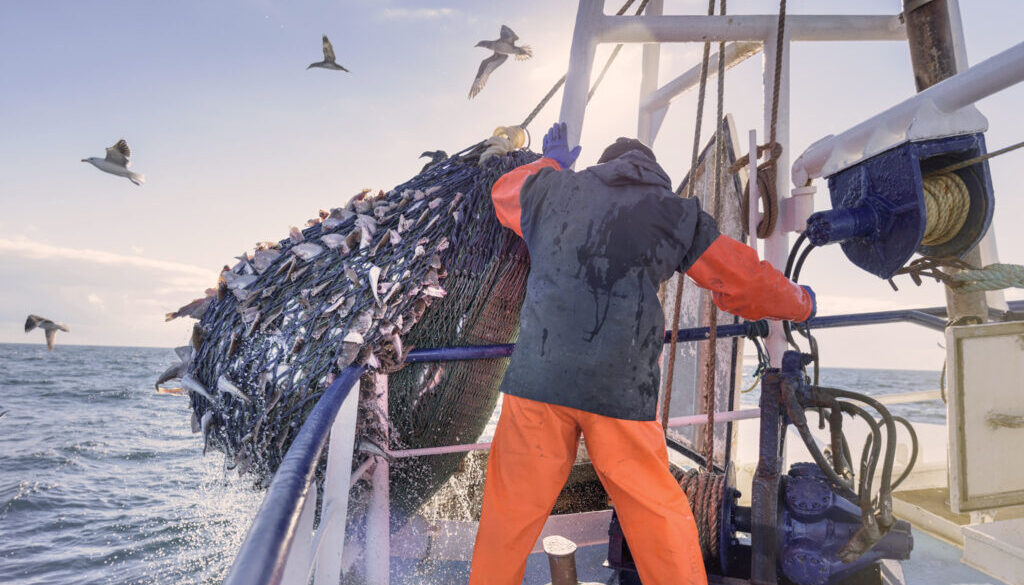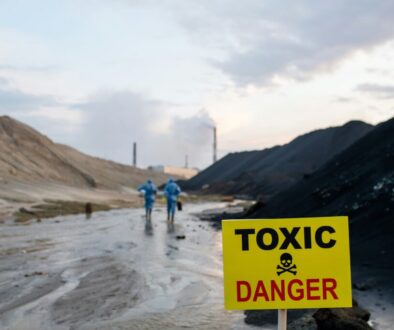Guest column: Overfishing poses threat to our oceans

By Coty Perry
Increasingly, it seems, environmental problems are dominating the news – plastic waste, illegal dumping, and toxic chemical contamination events are only a few of the issues we read about regularly.
But there is one important problem we rarely hear about- overfishing. Roughly 30 percent of commercially fished waters are now classified as “overfished,” meaning the breeding stock of an area becomes so depleted that the population cannot be replenished.
Commercial fishing, in which fish are caught in massive nets dragged through the ocean depths, is a $144 billion dollar industry supported by government spending and a consumer appetite for far more fish than we were eating 50 years ago. Indeed, over three billion people around the world rely on fish as their primary source of protein.
The result is that global fish stocks are dwindling, and many species of fish are being pushed close to extinction by overfishing, such as several types of cod, tuna, halibut and even lobster.
As well, more than 100,000 marine mammals are dying each year as a result of nets and other items that were thrown overboard by commercial fishing boats. Turtles, dolphins, and other sea mammals are often accidentally caught up and die in fishing nets. It’s believed that an estimated 25,000 nets float throughout the Northeast Atlantic.
When there are fewer fish in the water, algae can spread, increasing the acidity in the world’s oceans, which in turn further negatively impacts not only the remaining fish, but also the reefs and plankton.
Overfishing also has a damaging impact on isolated communities that have historically relied on fish as a major food source.
Making overfishing worse is the fact that there is also massive waste of harvested fish in certain areas due to lack of proper cold storage or other supply chain problems.
Government subsidies are a big factor driving the problem. Anyone familiar with farm subsidies knows that these are actually bad for the production of healthy food. Subsidies for fishing are similar. They don’t generally go to small fisherman whom one would think are most in need, but rather to massive vessels doing fuel-intensive shipping.
The governments of the world are giving away over $35 billion every year to fishermen. That’s about 20 percent of the value of all the commercially caught fish in the world every year. Subsidies are often directed at reducing the costs for mega fishing companies — things like paying for their massive fuel budgets, the gear they need to catch fish, or even the vessels themselves.
This effectively allows for large commercial fishing operations to take over the market or recapitalize at rates significantly below that of the market, disproportionately favoring them over their smaller competitors.
It is this advantage that drives large mega fishing companies into unsustainable fishing practices. The end result is not just depleted stocks, but also lower yields due to long-term overfishing, as well as lowered costs of fish at market. Lowered costs lead to some advantages for the consumer, but they also make it significantly harder for smaller operations to turn a profit.
Such government subsidies could provide assistance to smaller fishermen, but are generally structured in a way that favors consolidation of the market and efforts counterproductive to conservation efforts.
An alternative to the current system is one that balances the need for fish as a global protein source with a long-term view of the ecosystem. By planning for there to be as many fish tomorrow as there are today, such an alternative would offer a sustainable model for feeding the world and providing jobs. One way to do this would be to tie subsidies to conservation and sustainability efforts, rather than simply writing checks to large commercial fishing operations to build new boats and buy new equipment. Such a scheme would also prize smaller scale operations over larger ones. A more diversified source of the world’s fish would also be more resilient.
One such alternative is called territorial use rights in fisheries management (TURF). In this case, individual fishermen or collectives are provided with long-term rights to fish in a specific area. This means that they have skin in the game. They don’t want to overfish the area because to do so would be to kill the goose that laid the golden egg. So they catch as many fish as is sustainable and no more. They have a vested, long-term interest in making sure that there is no overfishing in the fisheries that have been allotted to them.
Not only does this make sustainable fishing more attractive, it also means that there is less government bureaucracy and red tape involved.
As the ocean goes, so goes the planet. For this reason, it is of paramount importance that everyone educate themselves on what is driving overfishing, what its consequences are, and what meaningful steps can be taken to mitigate the harm.
- Coty Perry is an environmentalist and writer at Your Bass Guy. See an expanded version of this article.
(Opinion columns published in The New Lede represent the views of the individual(s) authoring the columns and not necessarily the perspectives of TNL editors.)



